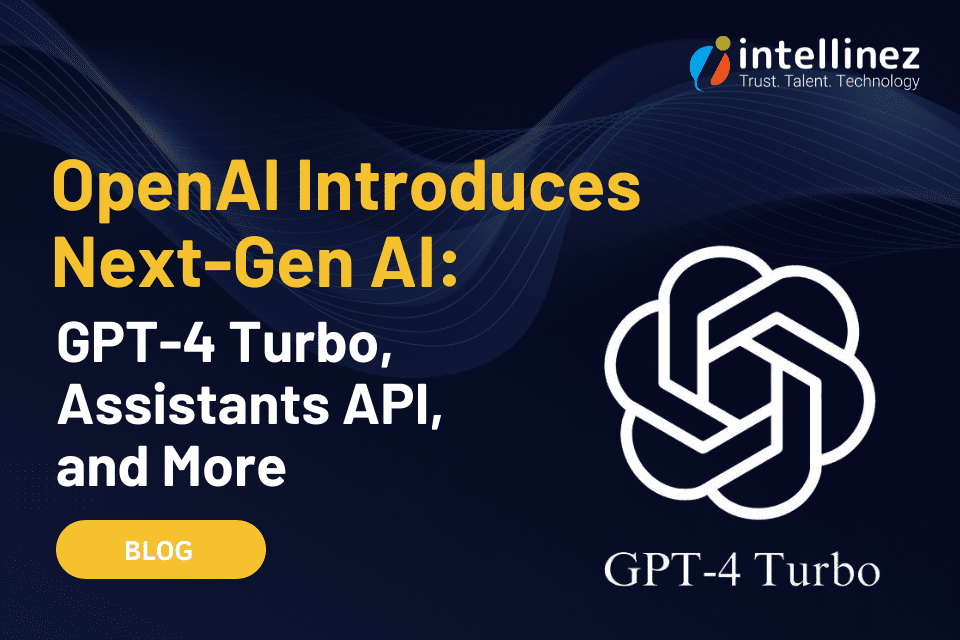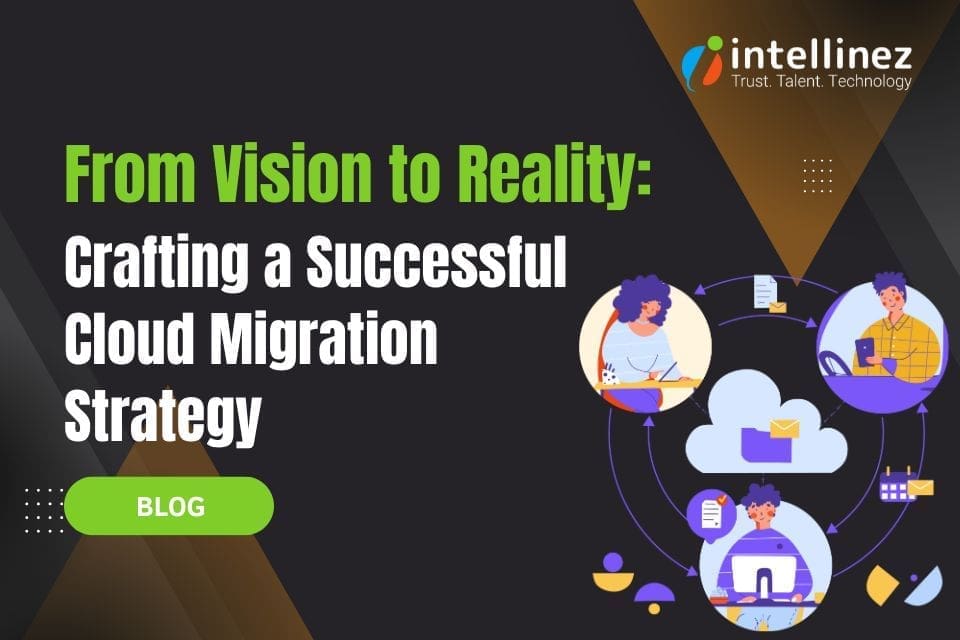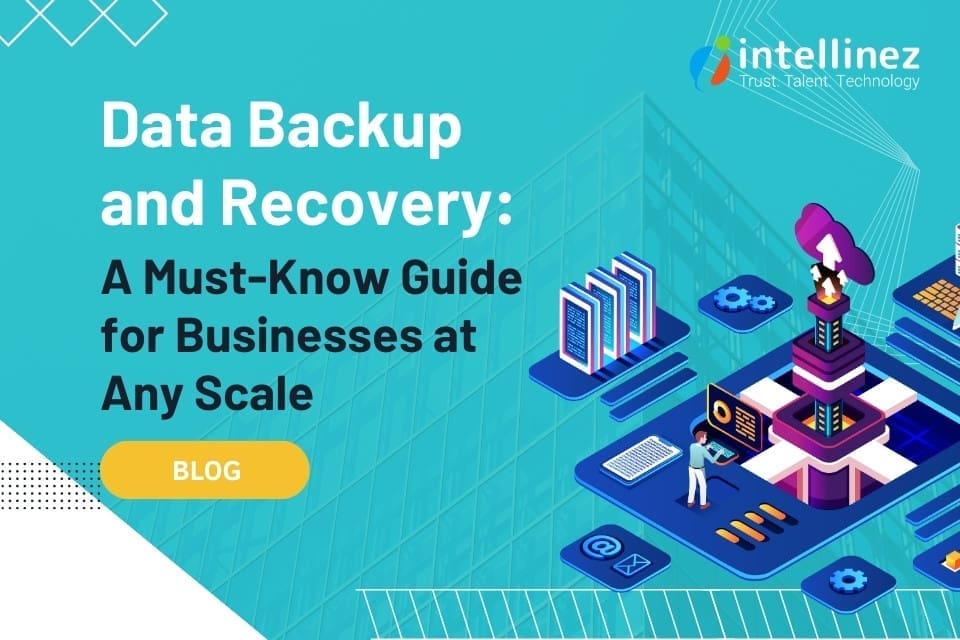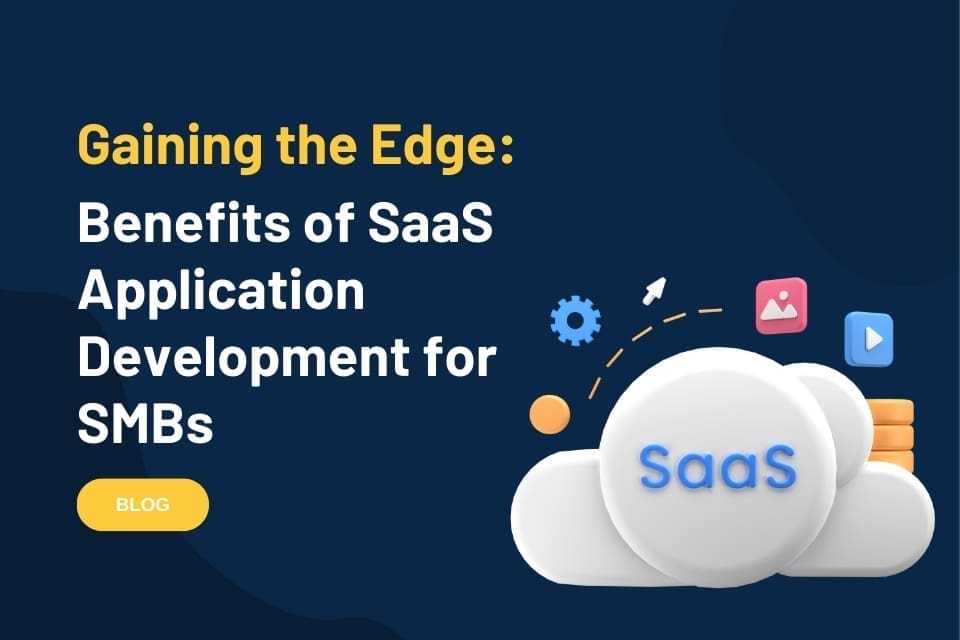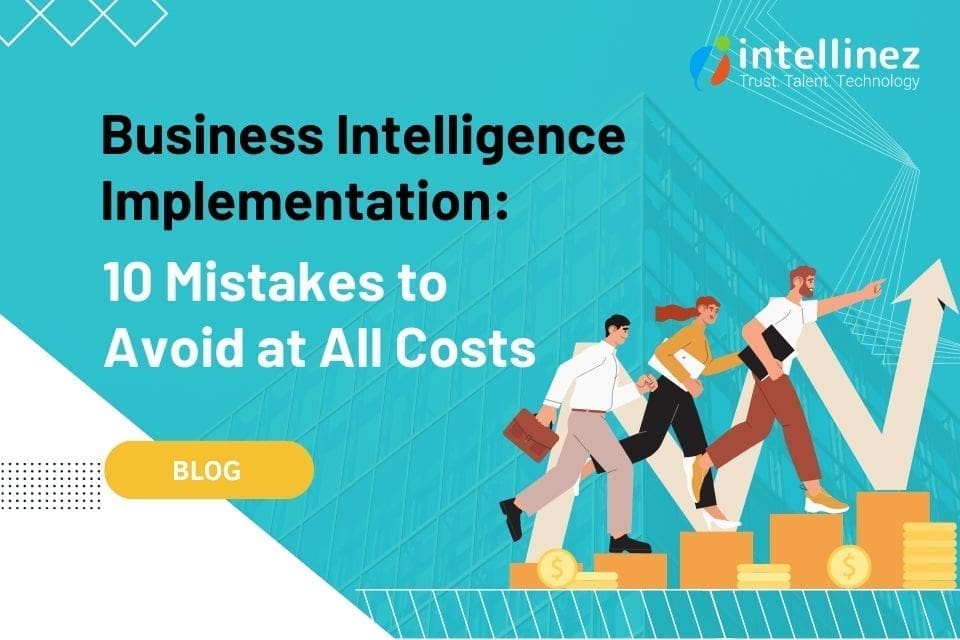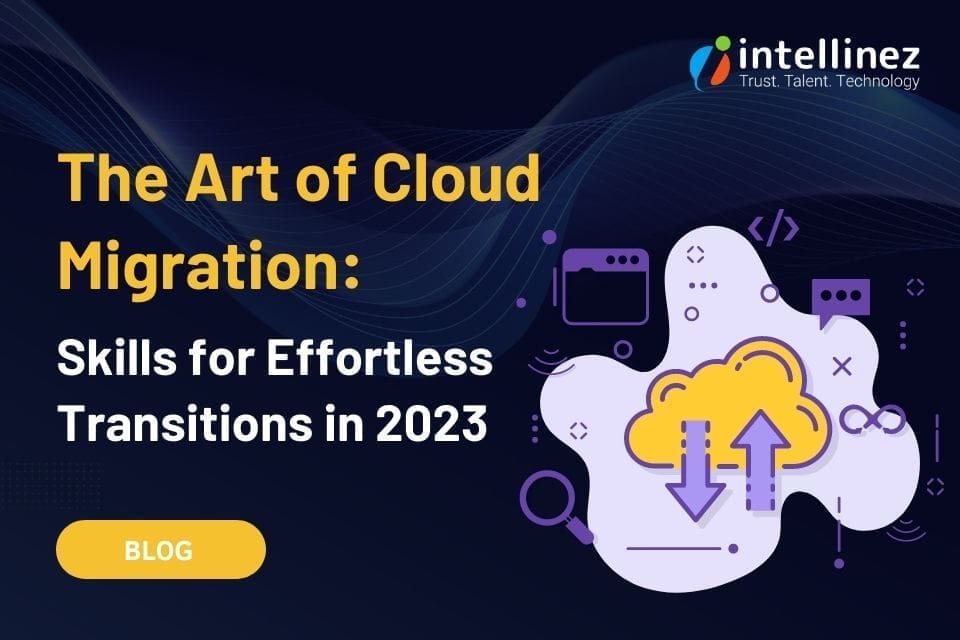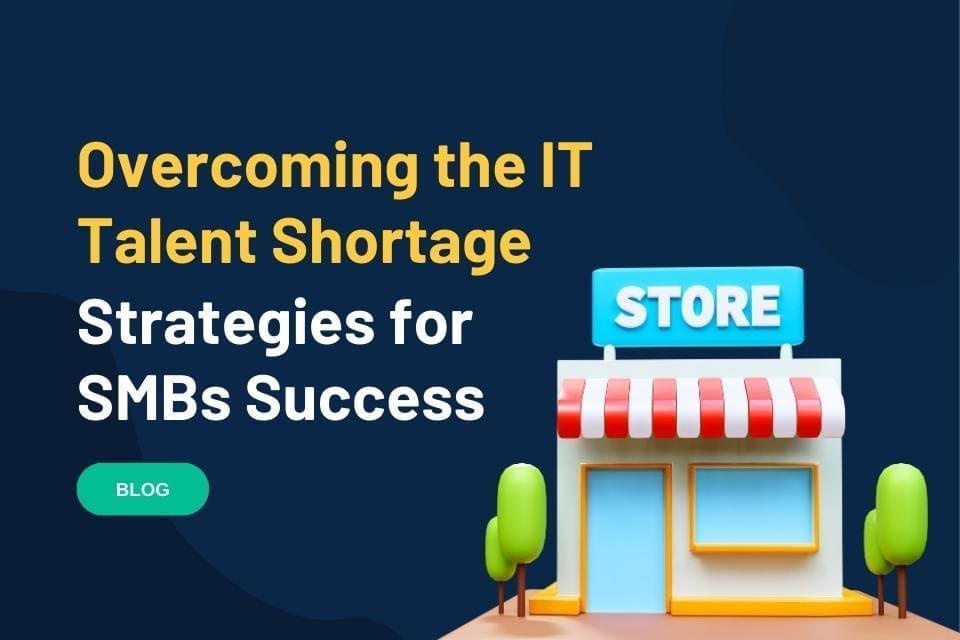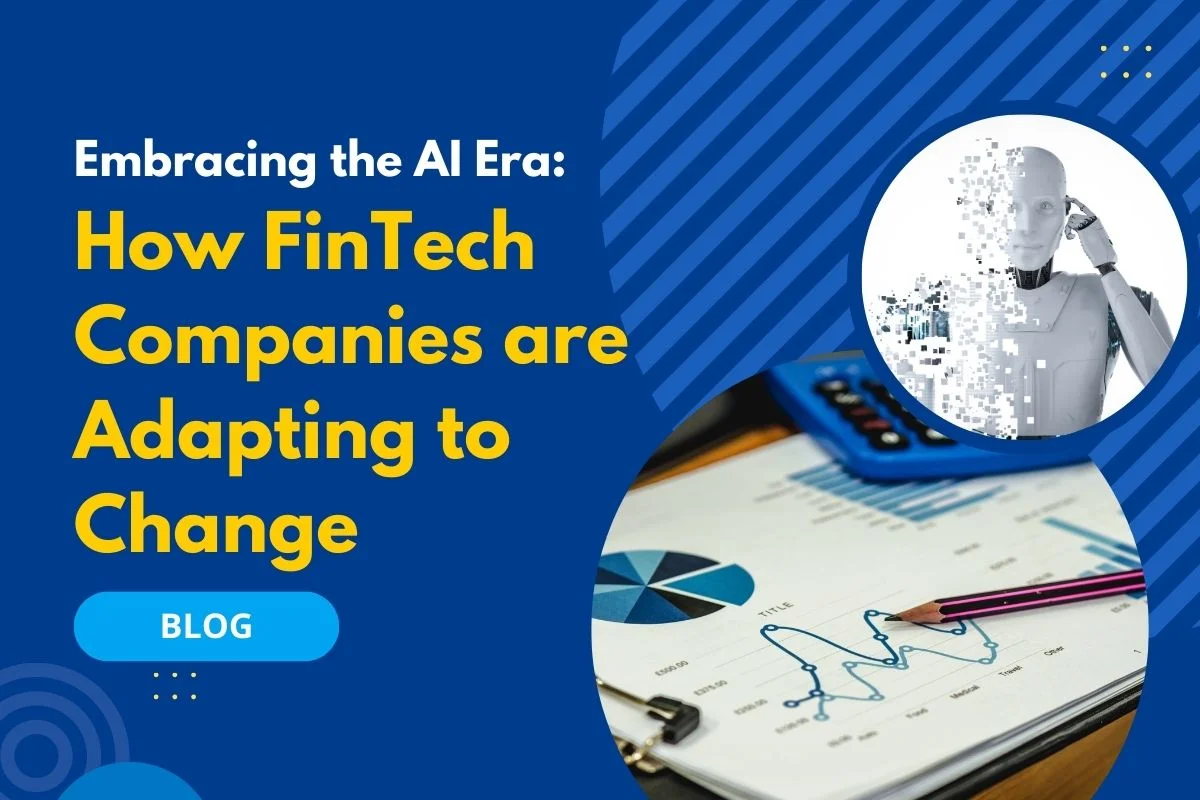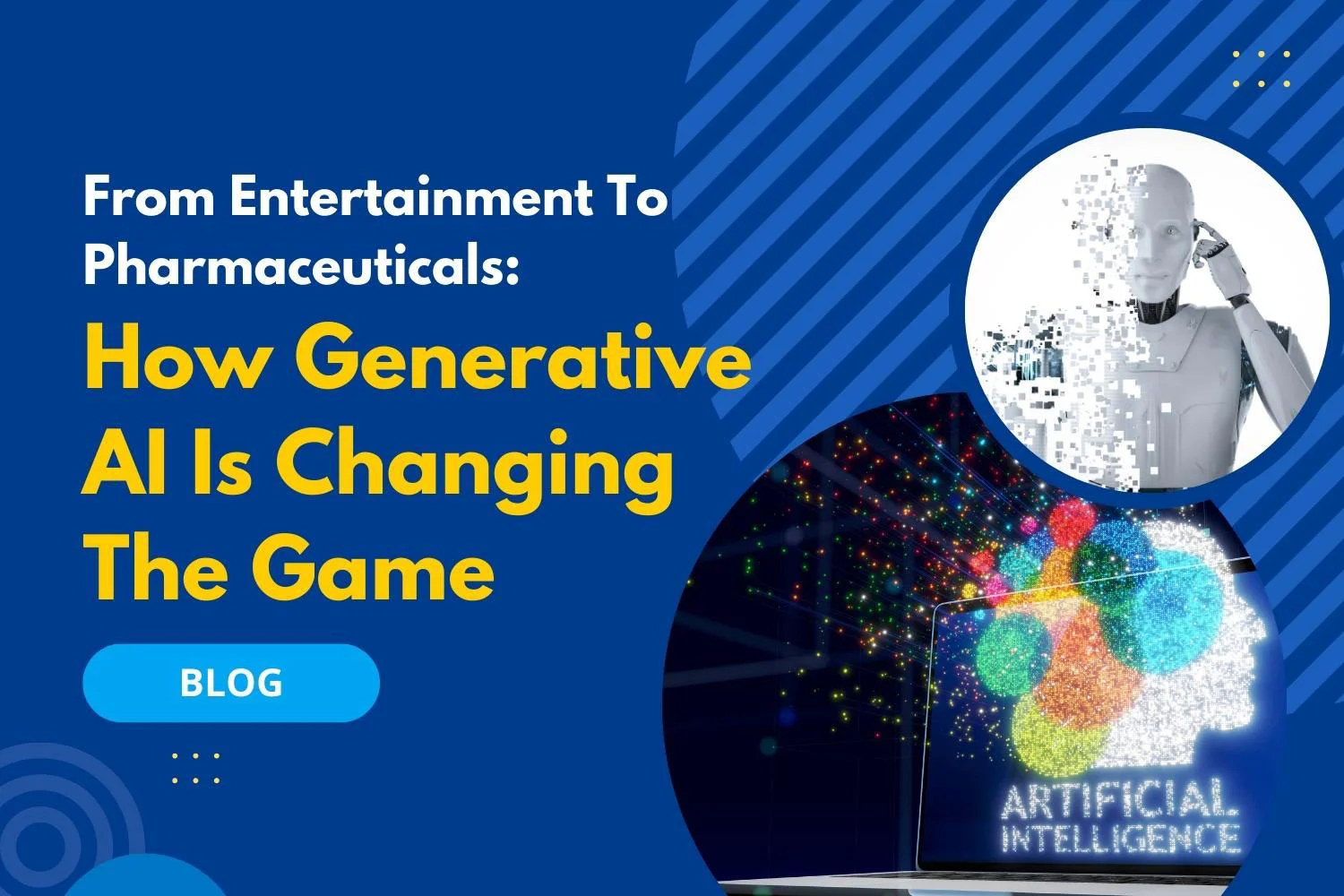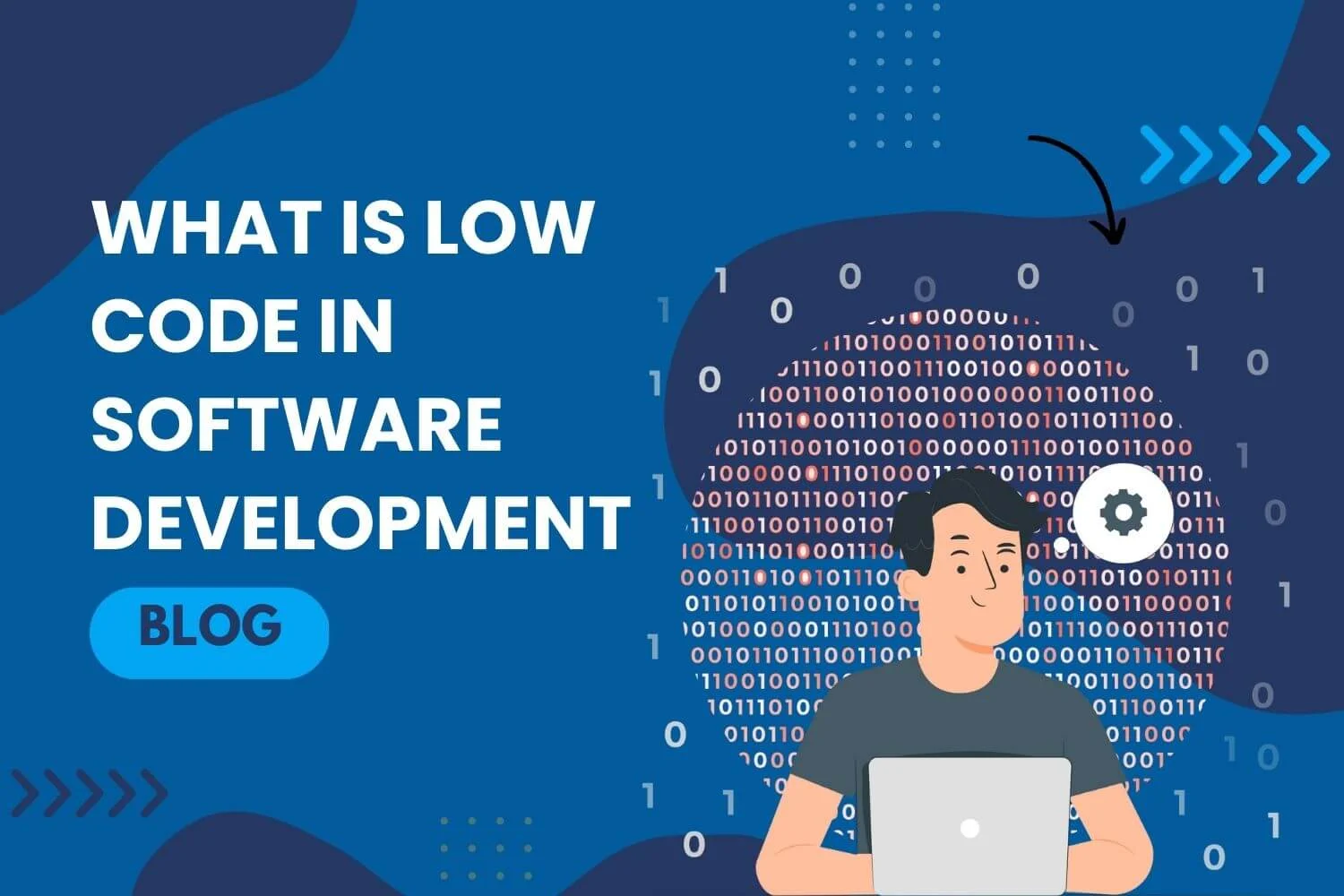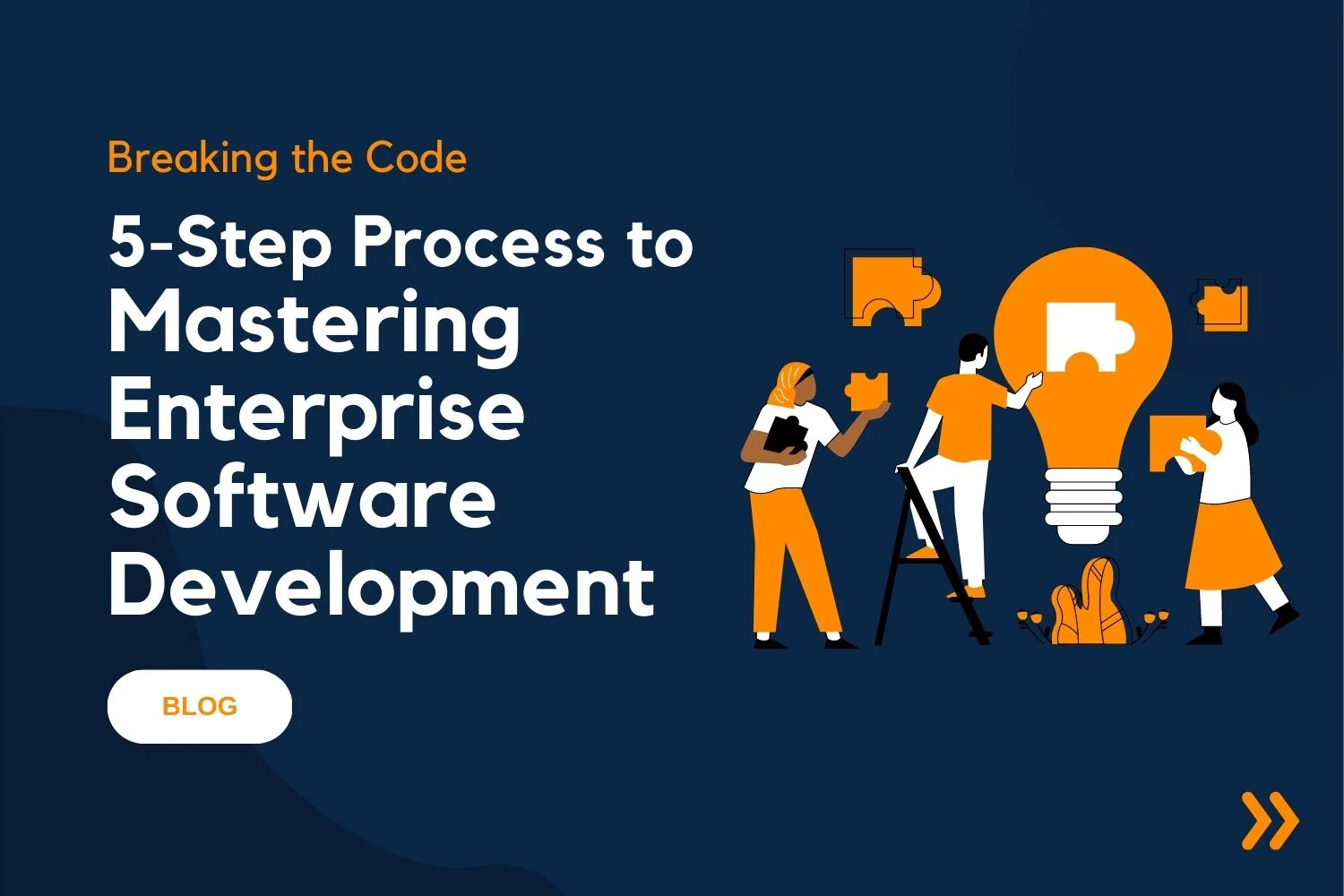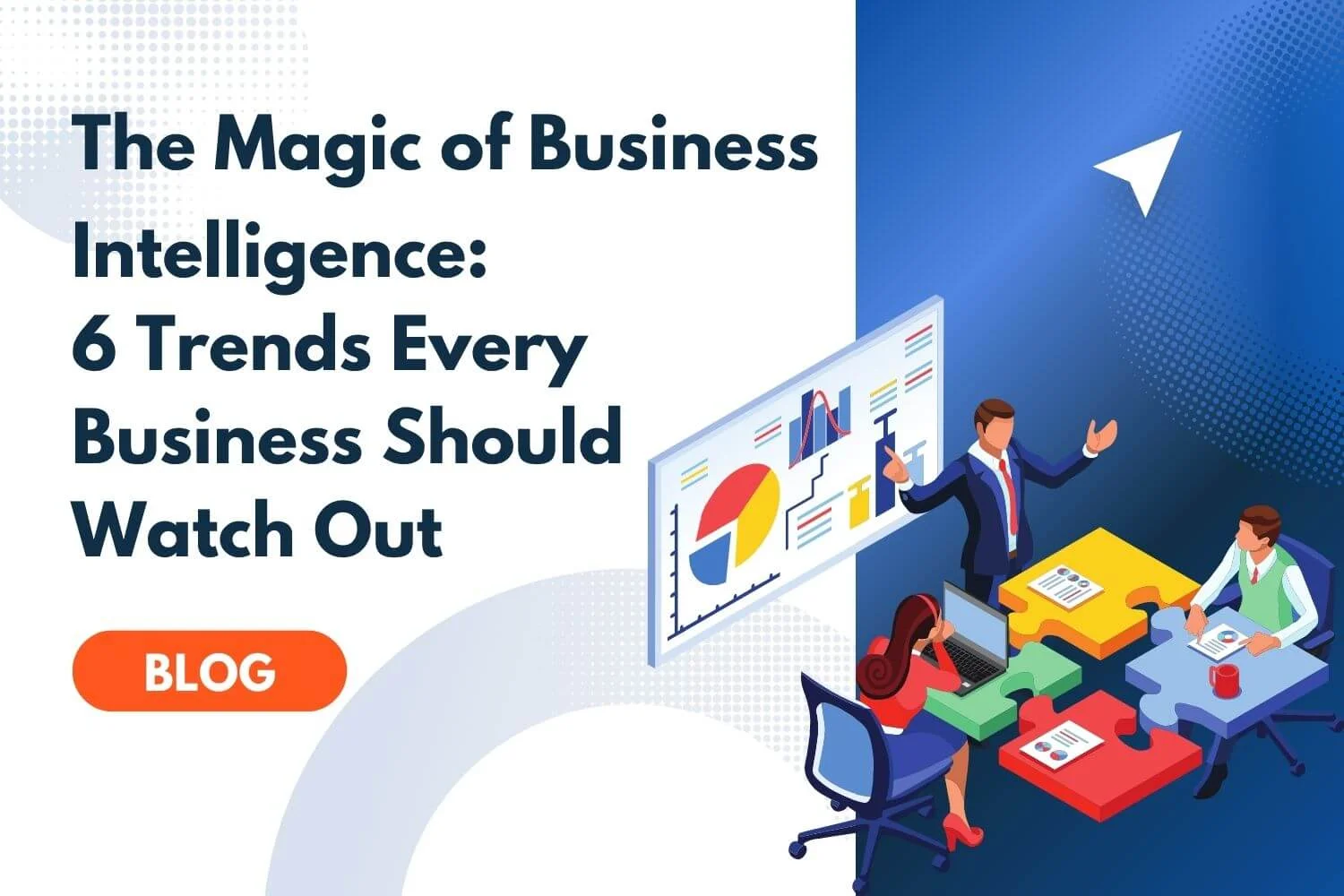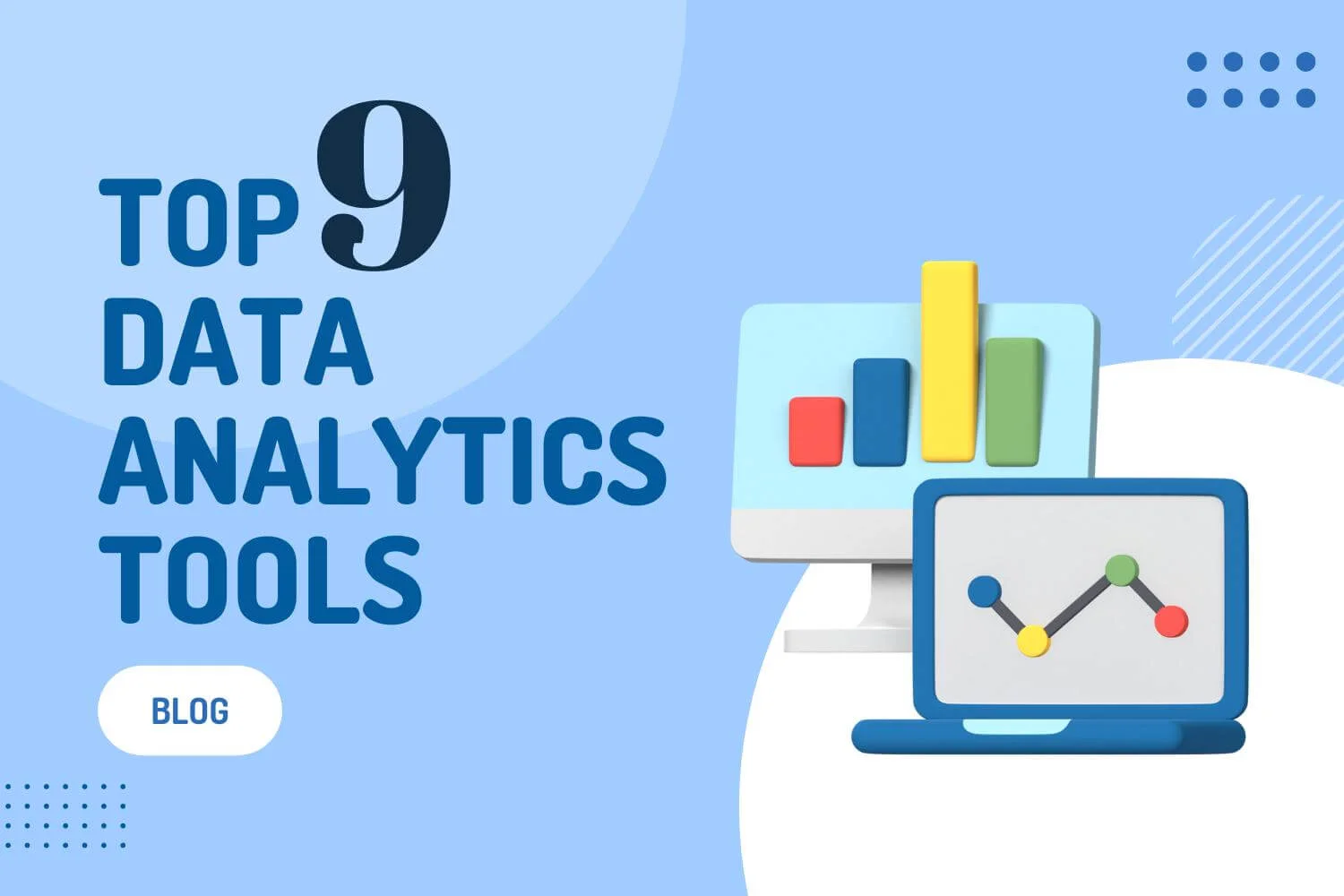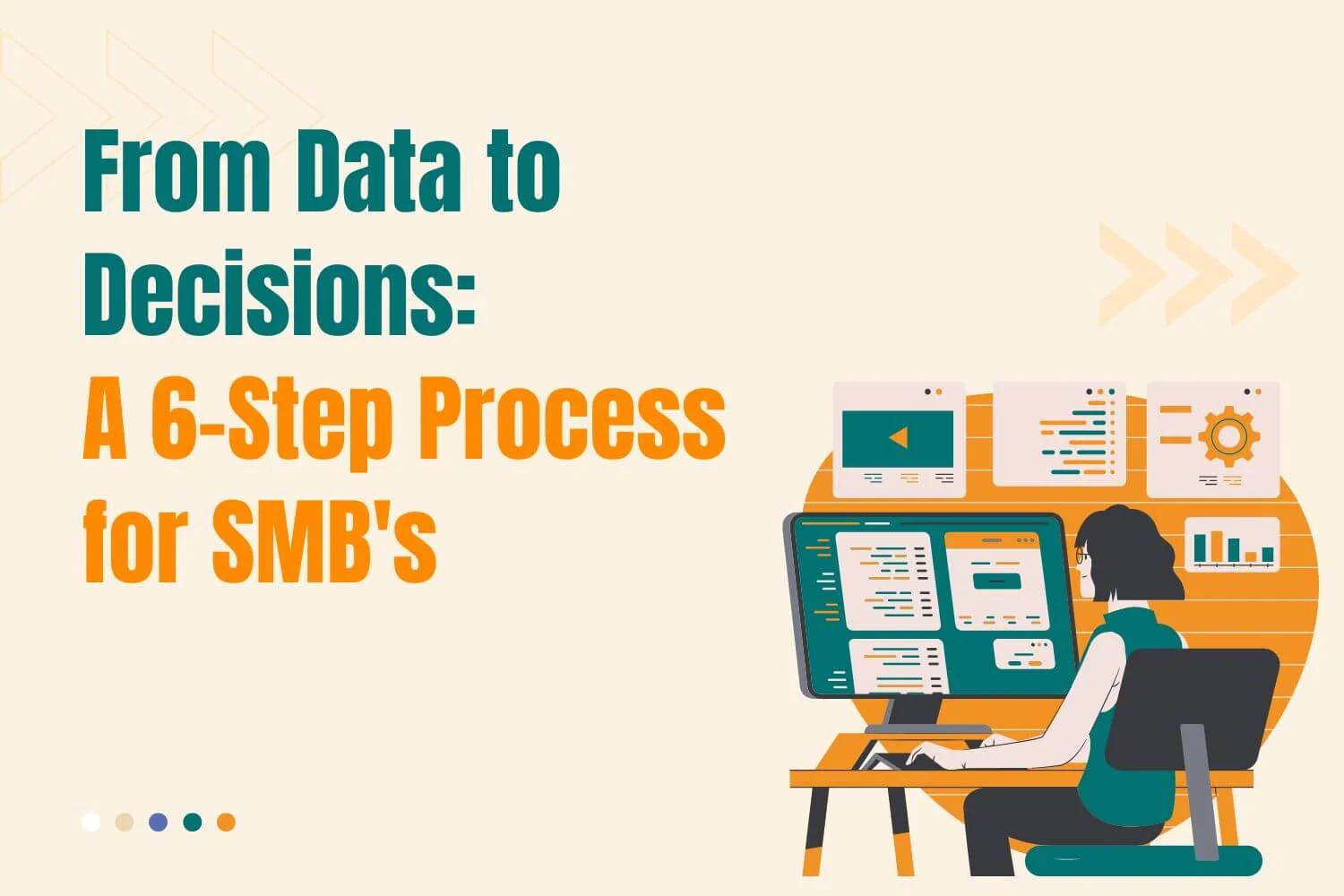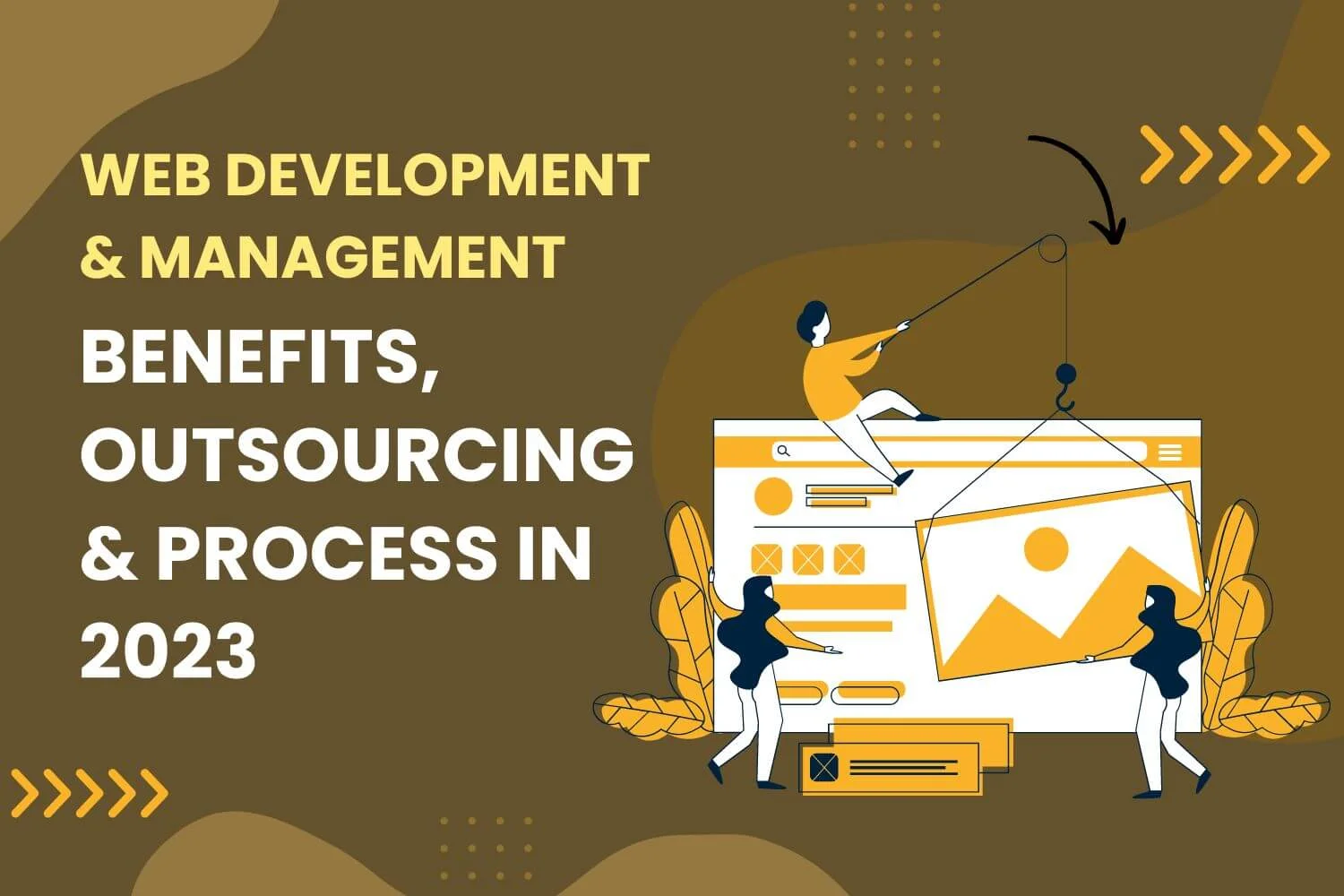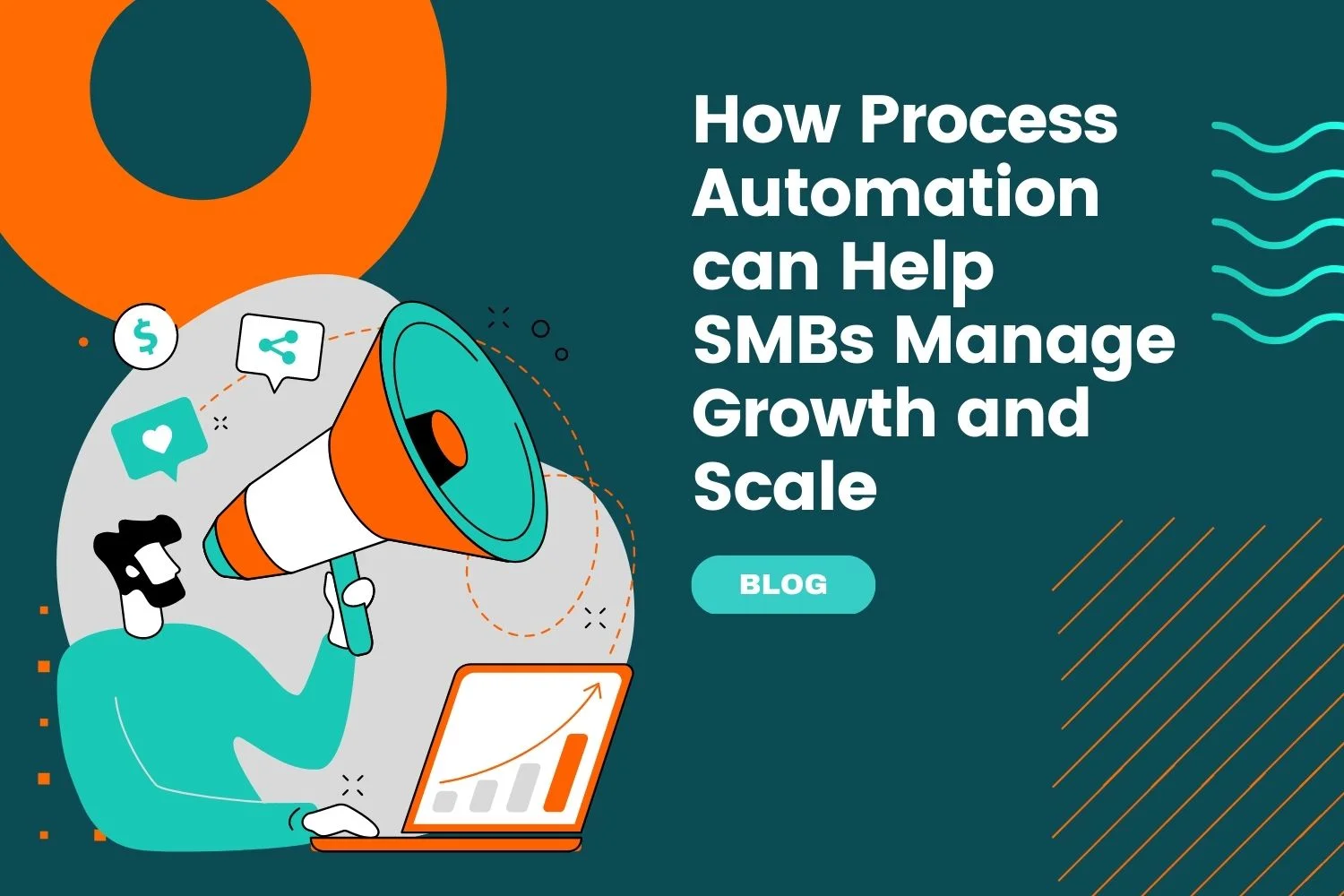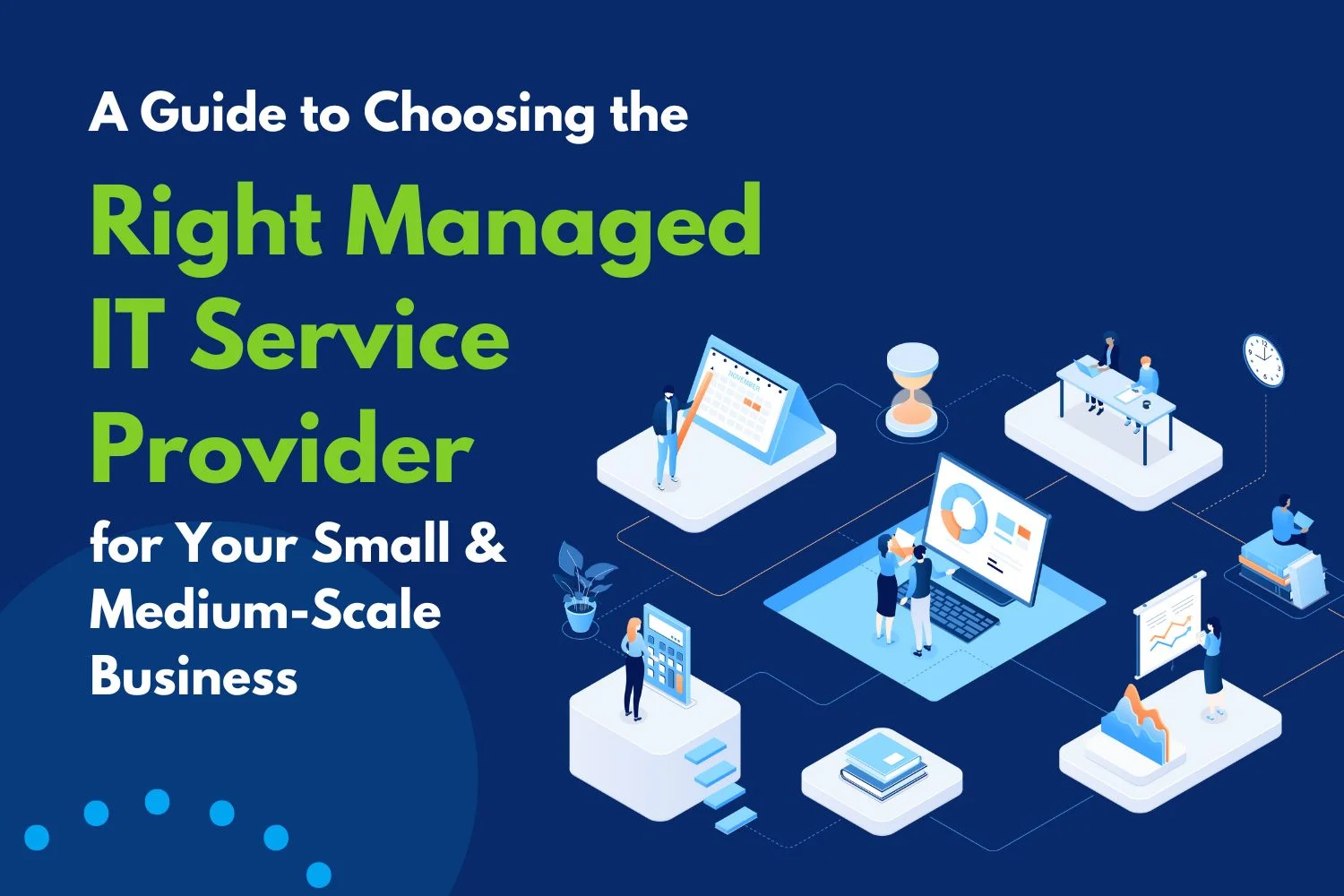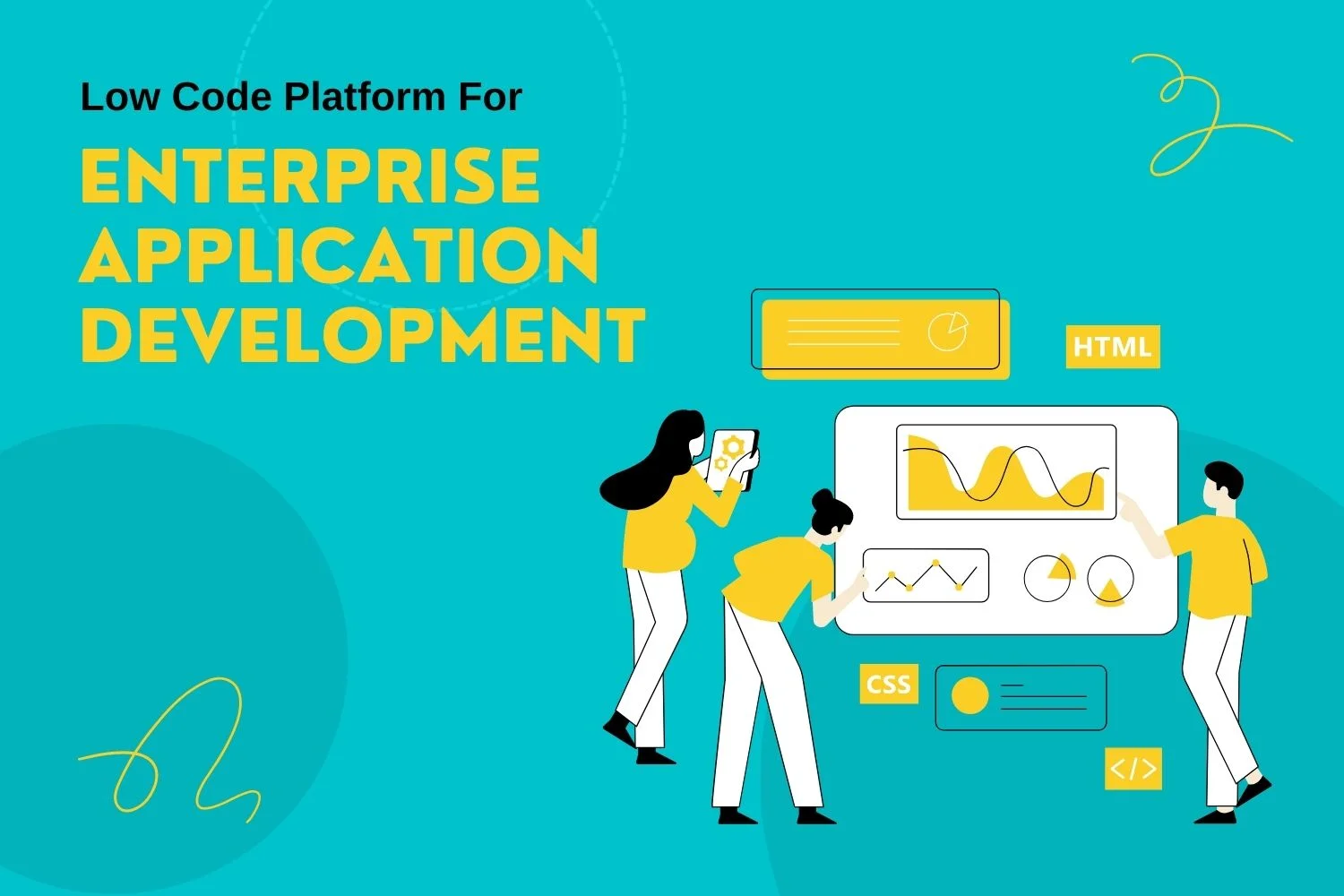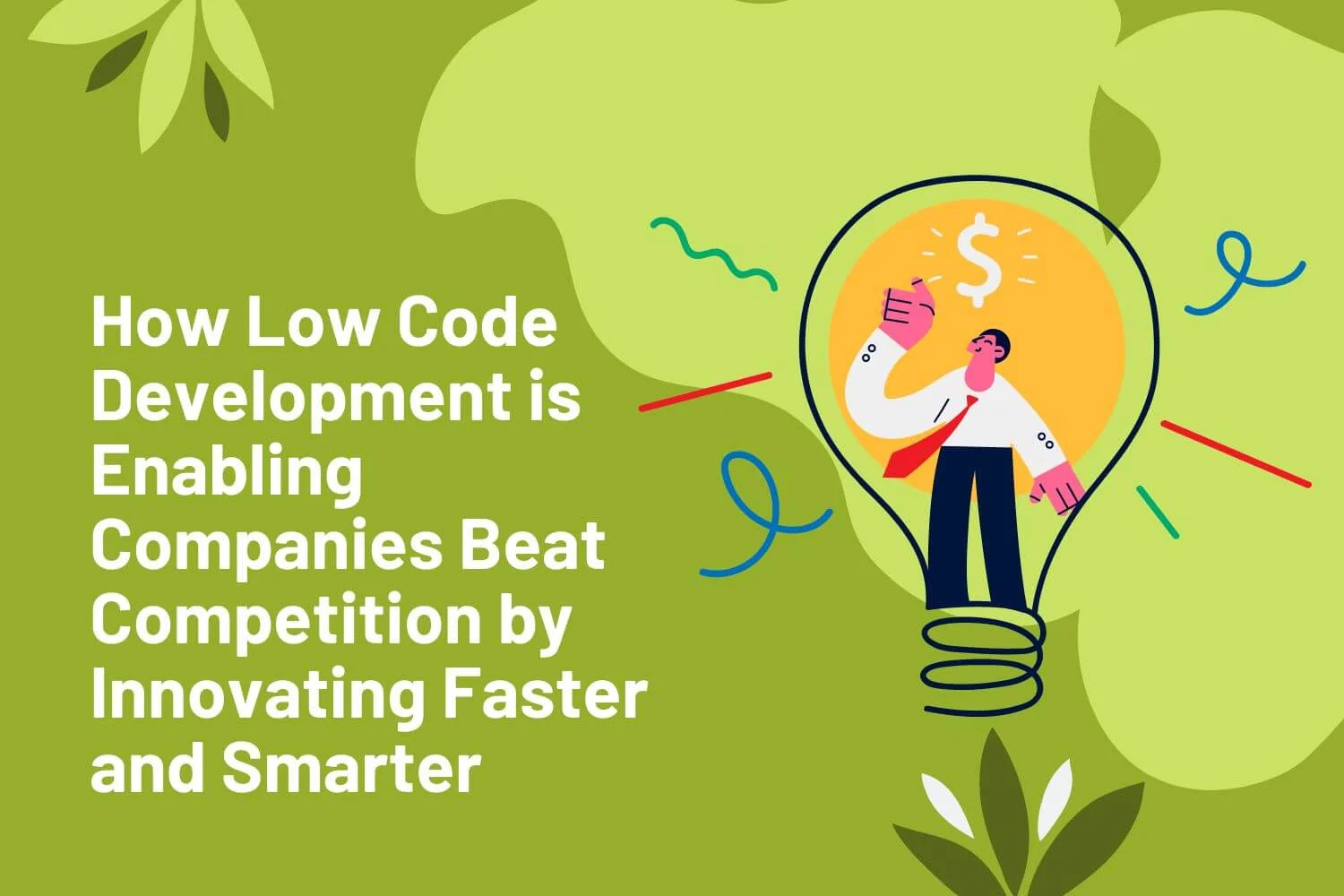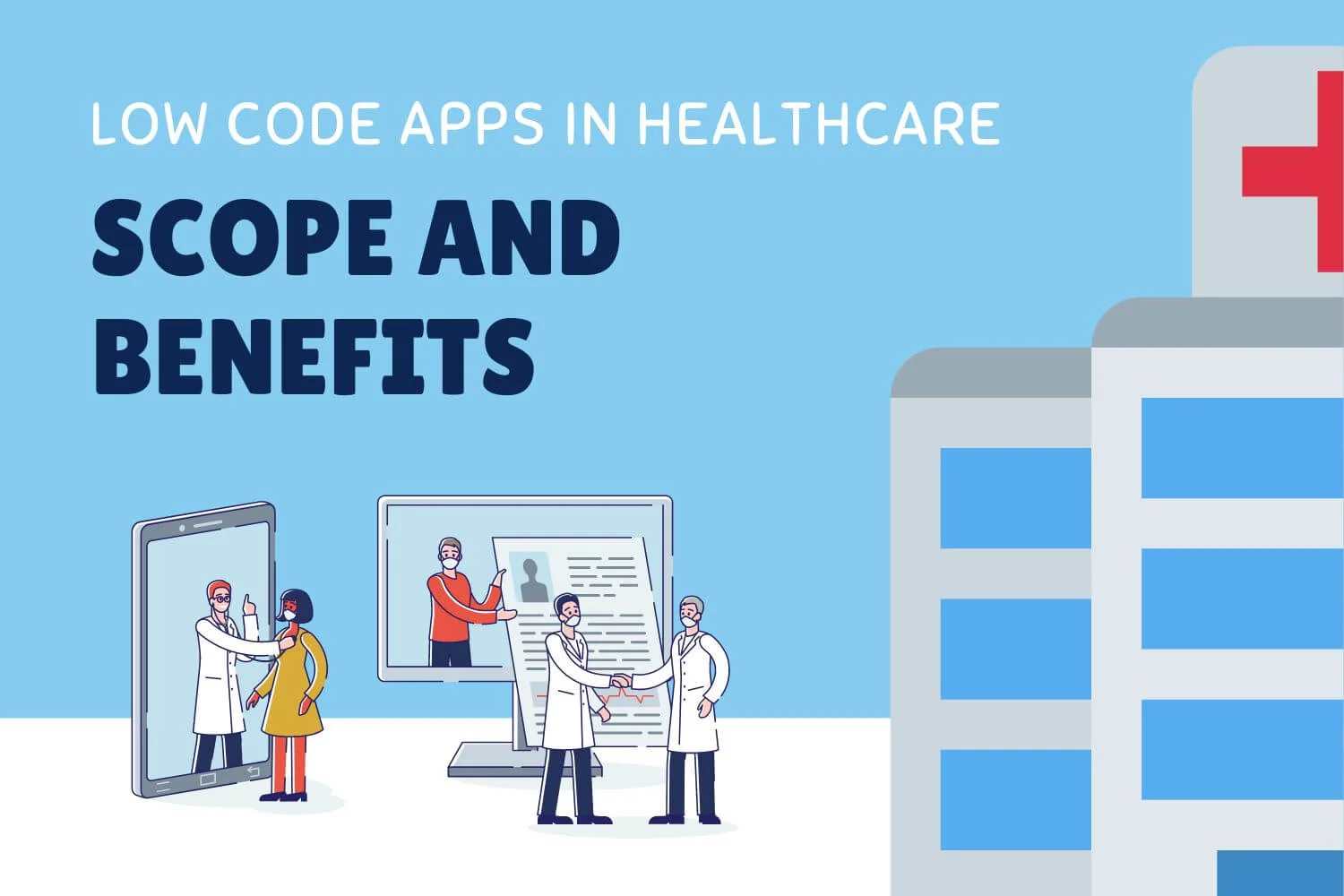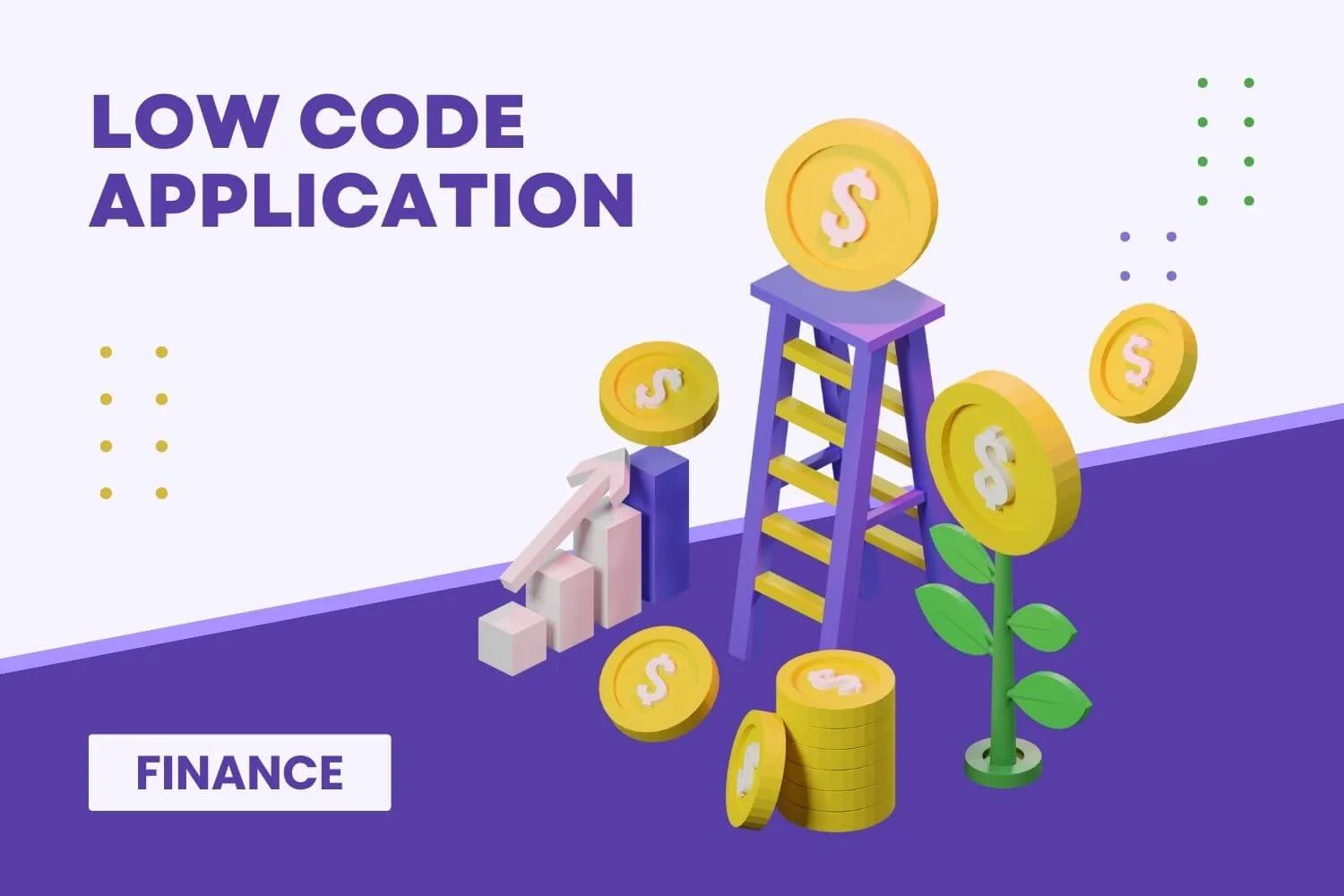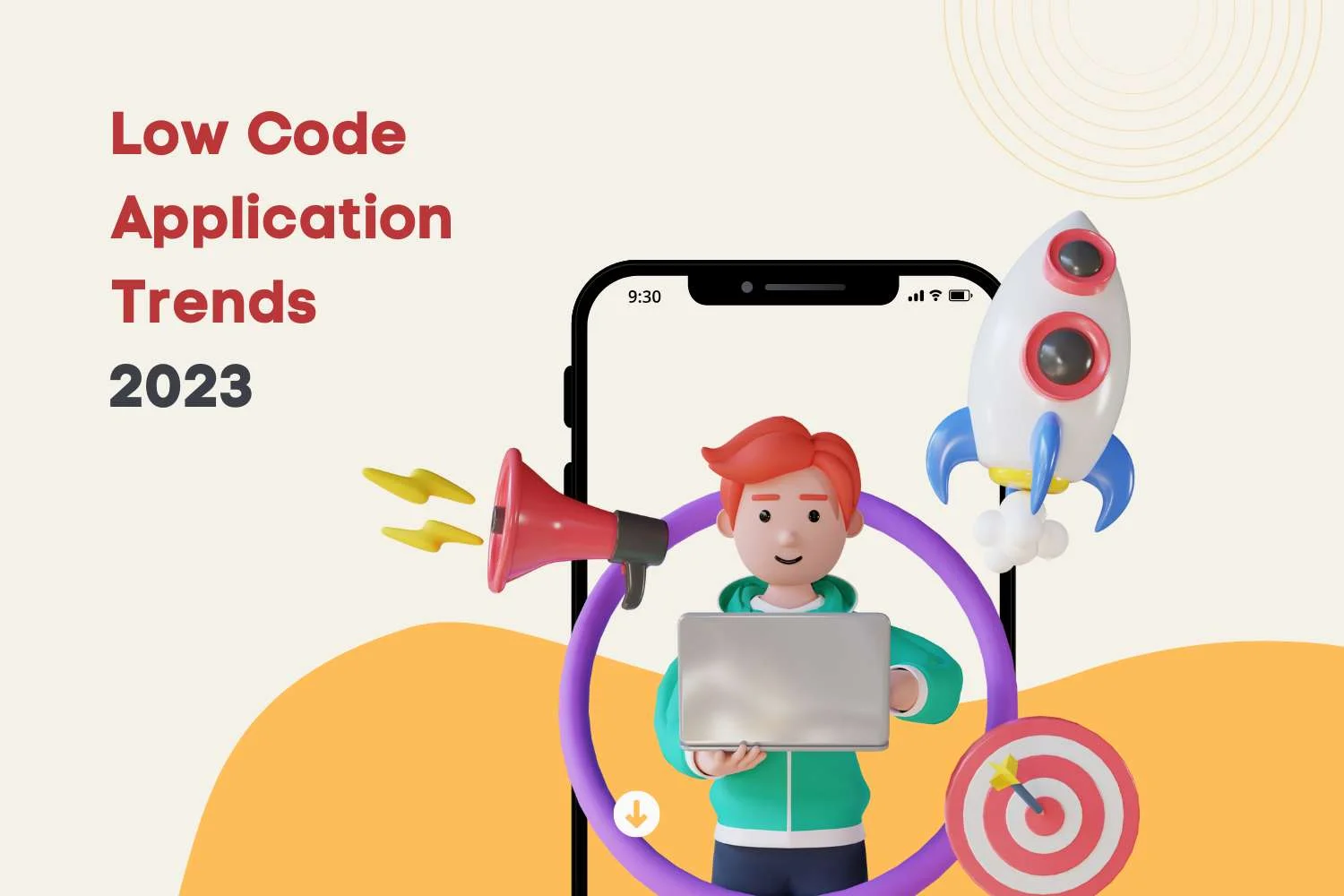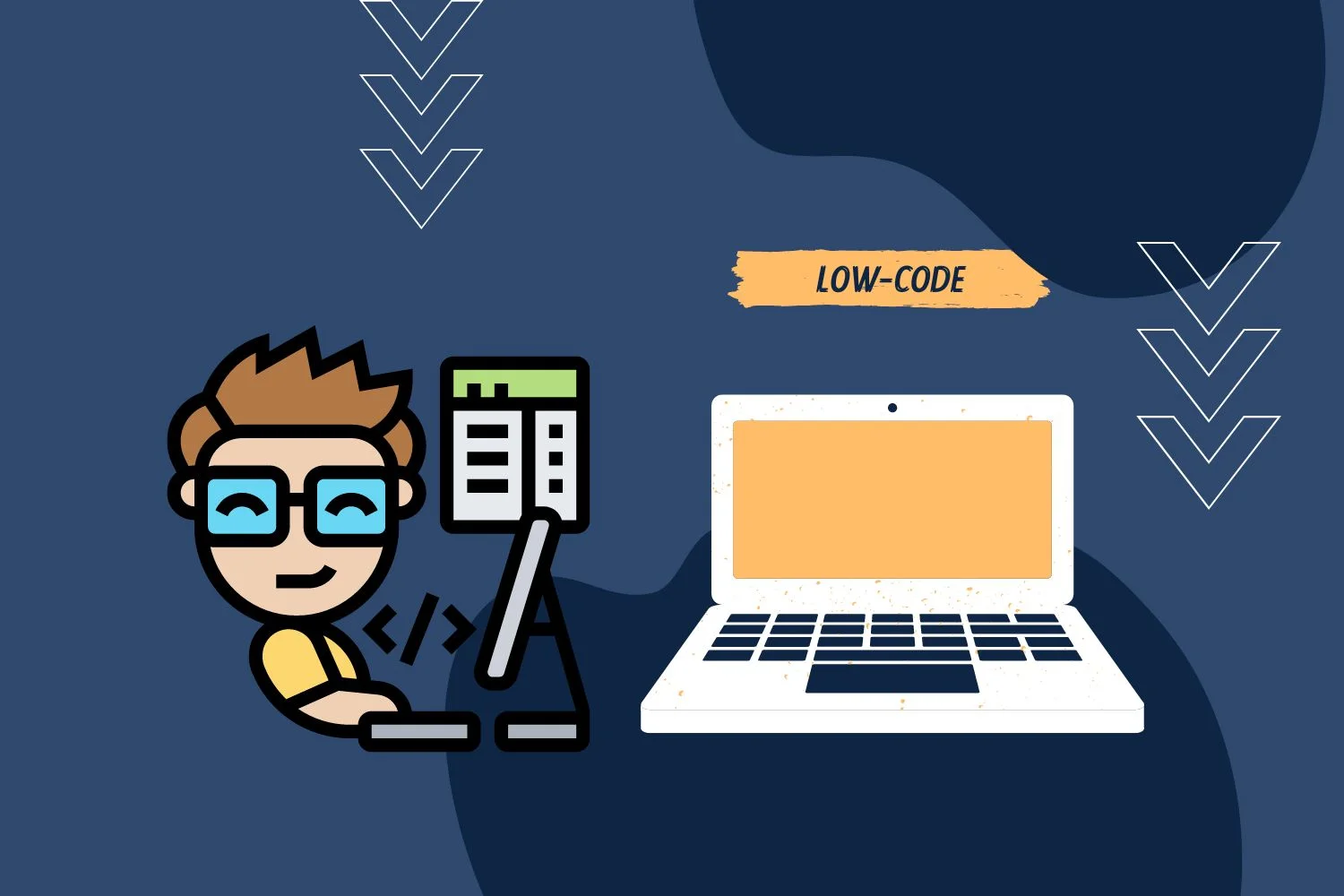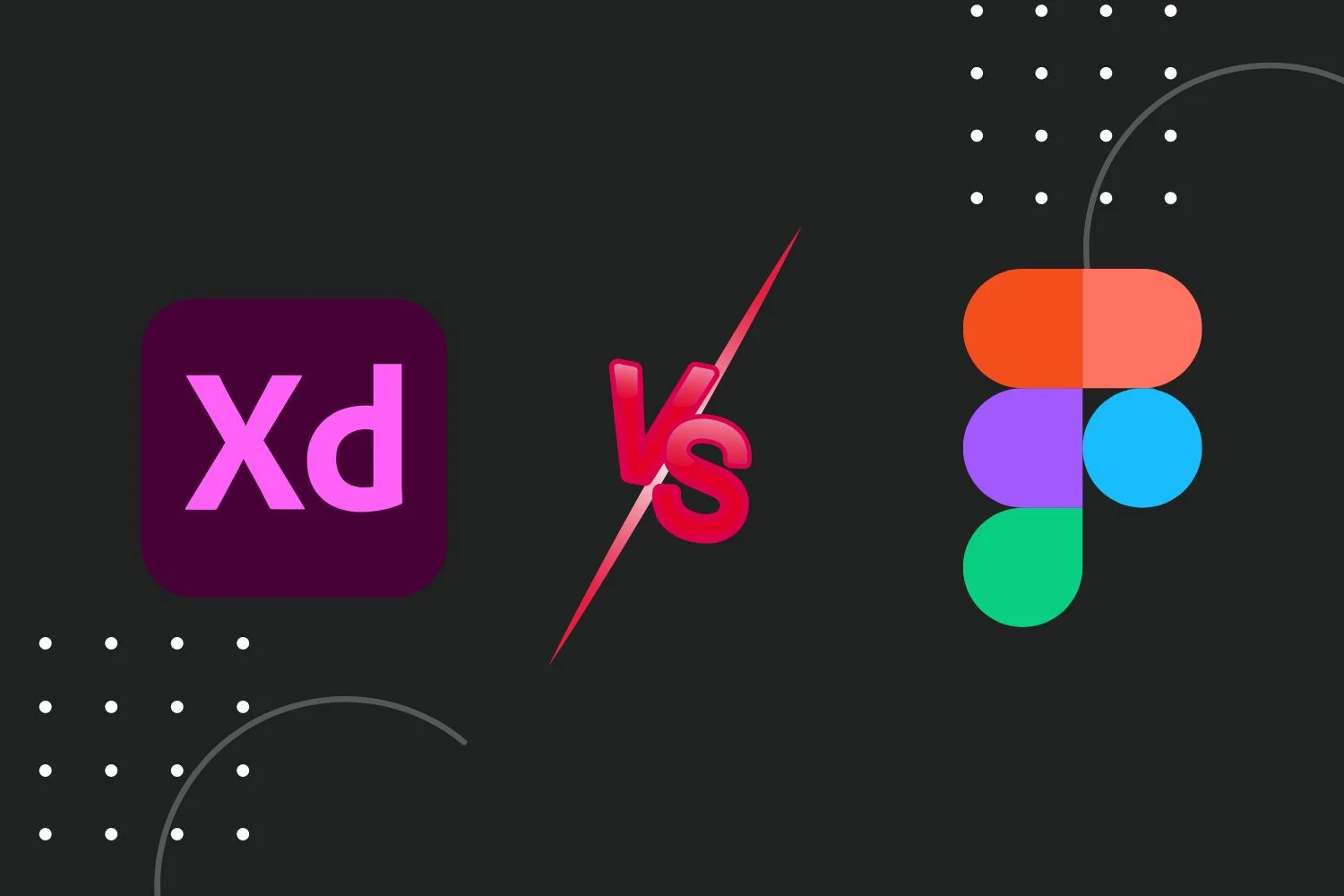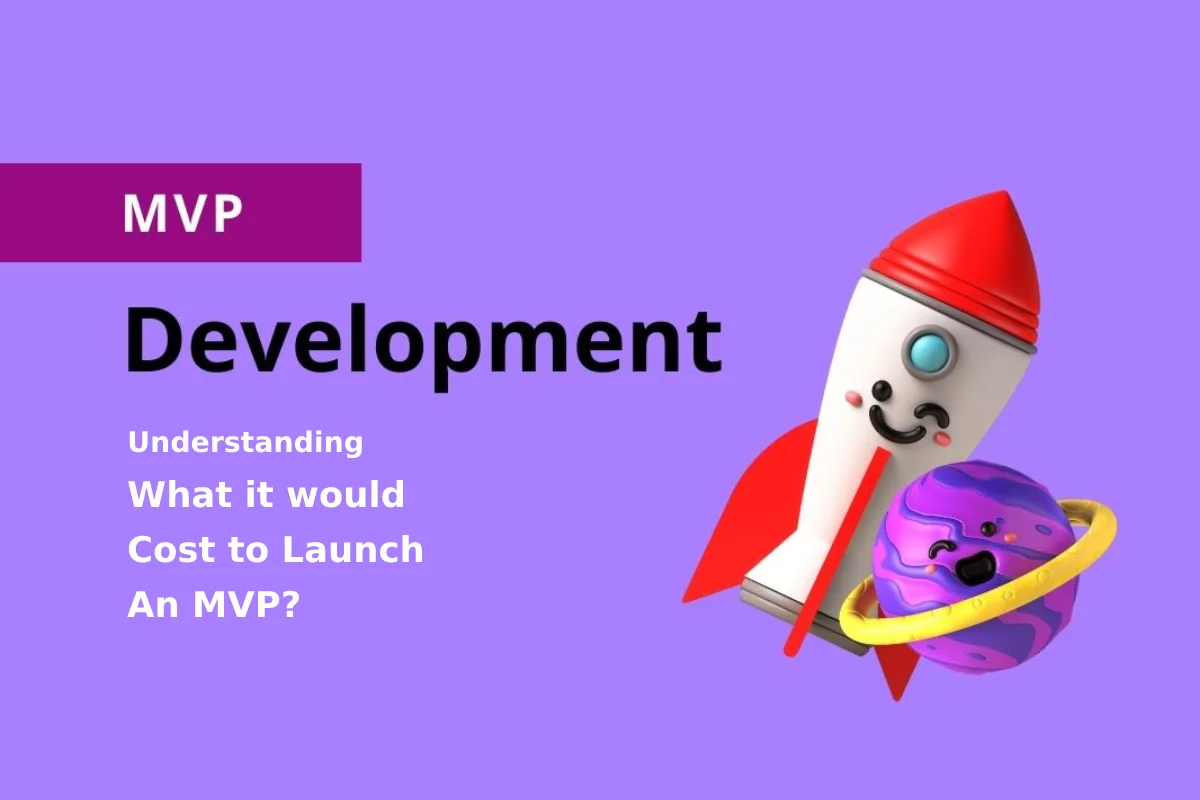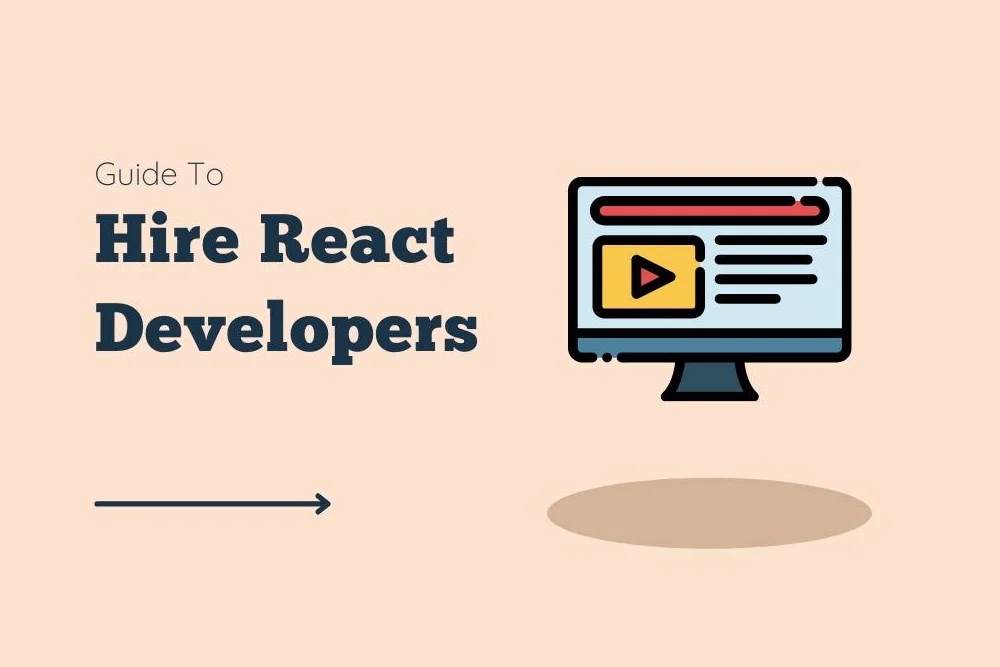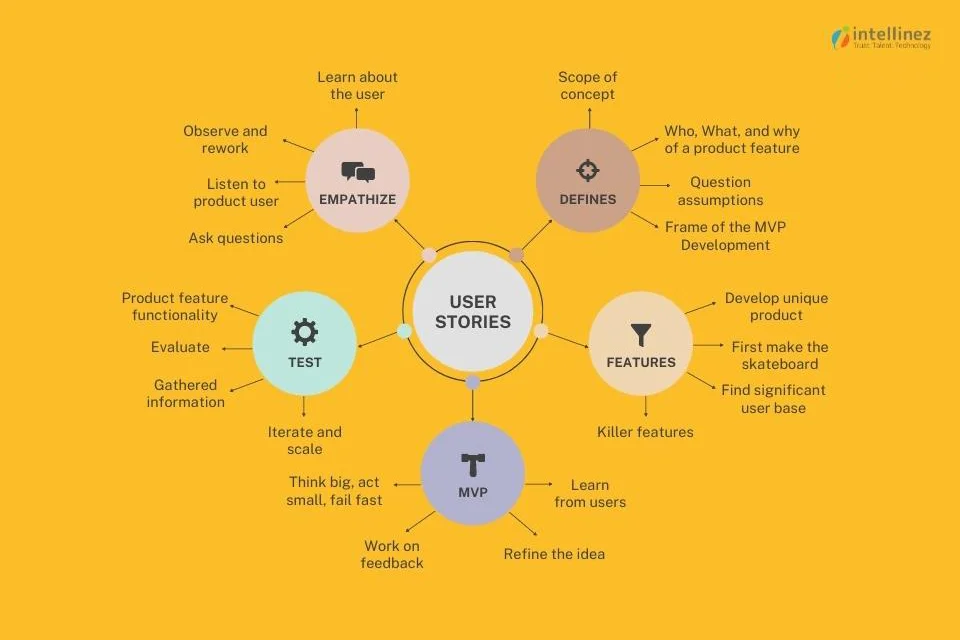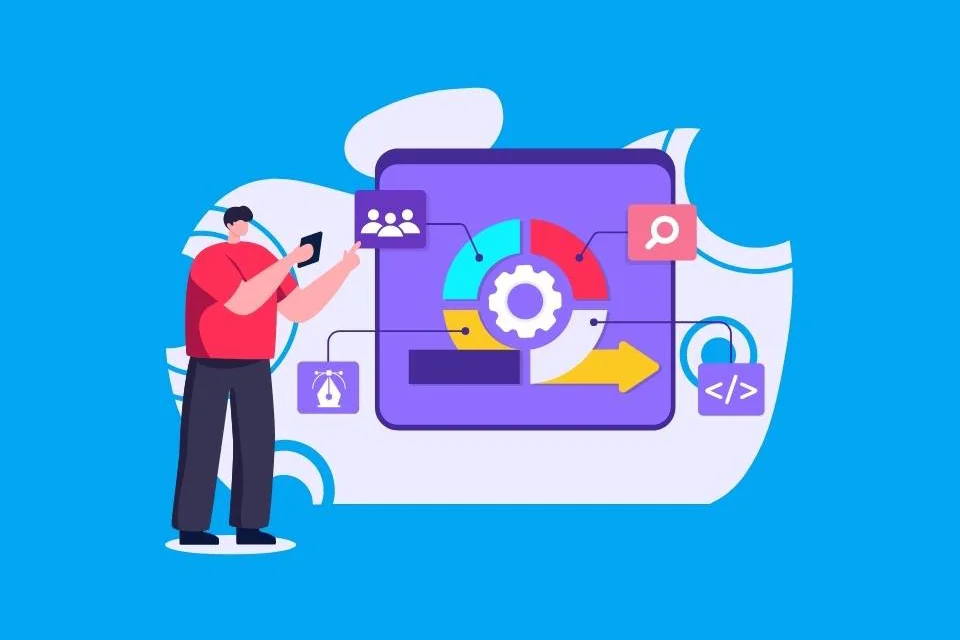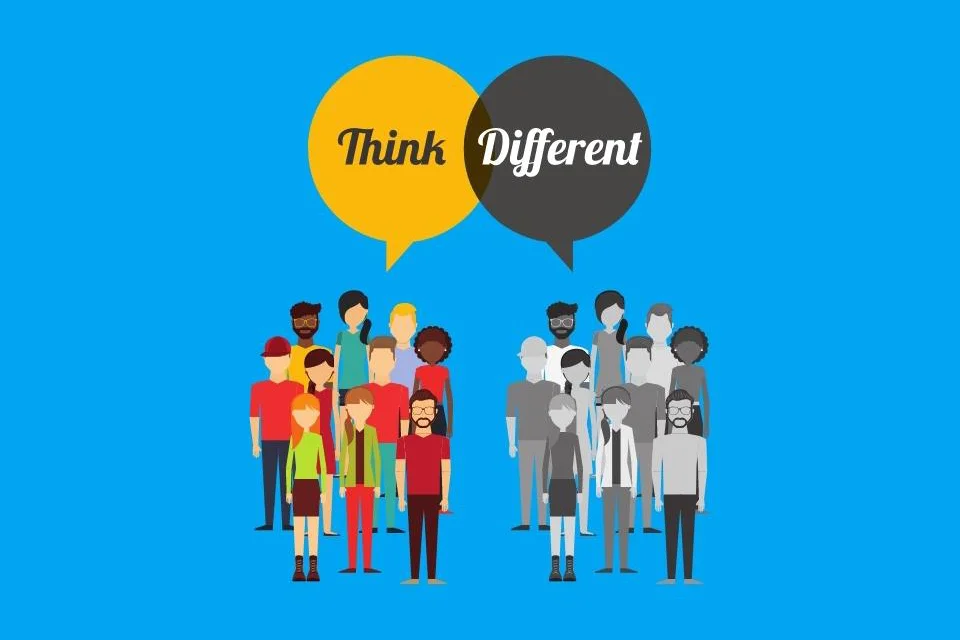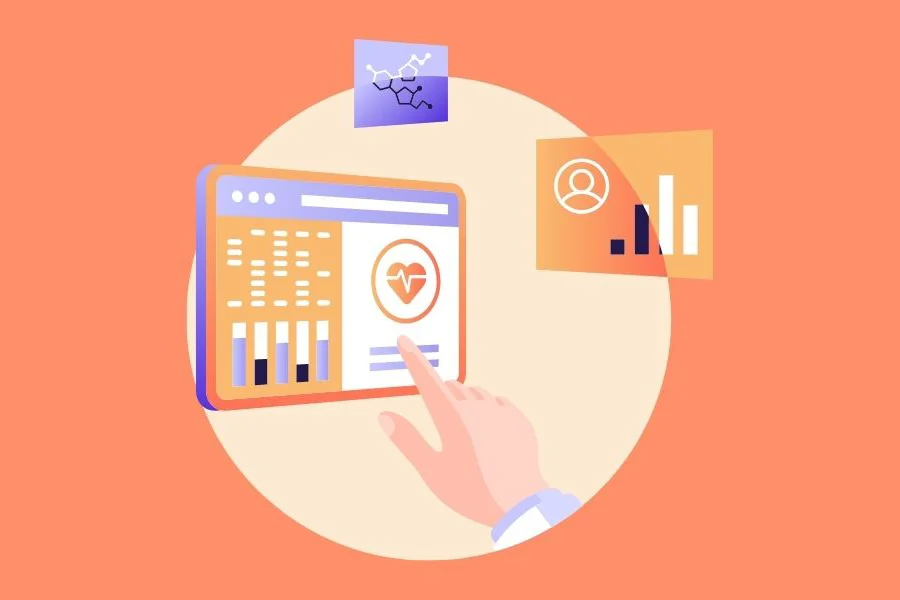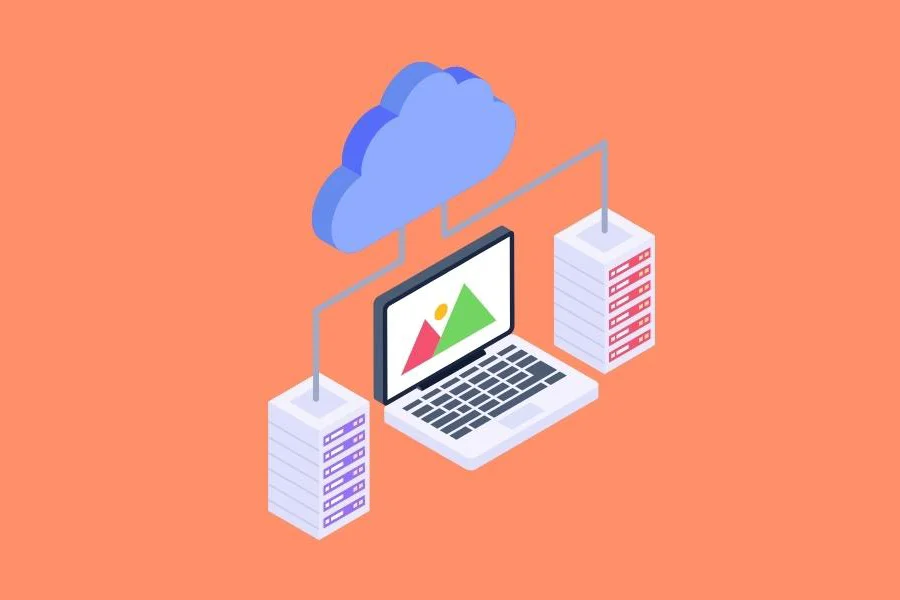- Recent Trends In Business Intelligence
- Data Quality Management
- BI For Marketing
- BI For Analytics – Data Driven Model
- Augmented Analytics
- Embedded Analytics
- Natural Language Processing
- Business Automation
- AI Based Business Intelligence
- Personalization With Automated ML
- Cloud Based BI and Cloud Analytics
In today’s business world, data is very important, and companies that use it wisely have a better chance of success. BI and Analytics tools help organizations make better decisions using data. BI collects, analyzes, and presents data, while Analytics focuses on gaining insights from it.
Together, they help organizations see trends, measure performance, and improve their operations. Modern business intelligence trends and tools make it easier for organizations to find insights, be more proactive, and drive innovation. This blog describes how to use BI and analytics to succeed in your organization, whether you’re an owner, manager, or analyst.
Recent Trends In Business Intelligence
Using software to extract and transform business data into valuable insights is what incorporating Business Intelligence (BI) into operations means in 2023. BI is becoming increasingly popular, and organizations that have already embraced it can look forward to some exciting trends in the upcoming year. For those who have not yet integrated BI, there is no better time than the present to start.
Data Quality Management
Data quality is set to become a crucial trend in data management, as organizations increasingly depend on data for informed decision-making. The significance of data quality will only continue to grow in the future.
To address this requirement, data management practices will develop to give priority to data quality management, guaranteeing its precision, dependability, timeliness, relevance, and comprehensiveness. Achieving this will necessitate implementing a comprehensive set of best practices for managing data quality throughout the data lifecycle, from acquiring to distributing and analyzing it.
Data Governance
Any data-driven organization relies on Data Governance, which encompasses a collection of policies, procedures, and controls that aid in the maintenance and management of data assets to guarantee consistency and precision throughout the organization.
Data Governance helps organizations make informed decisions, reduce risks, and adhere to regulations by establishing unambiguous data access, security, and compliance roles, responsibilities, and standards. With proficient Data Governance in operation, organizations can have confidence in their data and take advantage of its complete potential.
Data Security
Safeguarding the privacy and integrity of sensitive information is crucial in the digital era. Data security is an integral part of managing data quality and entails implementing measures to prevent unauthorized access, use, or alteration of data.
To protect against data breaches that can result in financial losses and legal liabilities, data security measures include encryption and access controls. Effective data security maintains the confidentiality and integrity of organizational data by protecting sensitive information. It gives both organizations and their customers assurance that their data is secure and helps them to be at ease.
Data Discovery & Visualization
In the face of ever-increasing volumes and complexity of data, organizations are adopting data discovery and visualization as essential instruments for efficient data quality management. These techniques identify data sources, expose hidden patterns and relationships, and present data in a visual format that is easy to comprehend, thereby enabling organizations to make informed decisions and enhance data quality.
Data Literacy
As data collection and generation by organizations increase dramatically, data literacy is becoming an essential skill for employees to possess. By empowering employees with the proficiency to read, comprehend and use data effectively, organizations can improve data quality and decision-making processes. Therefore, data literacy is becoming a crucial trend in data quality management, and it is expected that more businesses will invest in employee training and development to enhance their data literacy in the upcoming years.
BI For Marketing
Recently, sales and marketing teams have recognized the significance of utilizing customer data.
- BI dashboards enable sales and marketing teams to leverage customer data for informed decision-making.
- With BI tools, marketing teams can identify the objectives of prospective customers and create targeted content for different segments.
- Sales teams can use previous data to understand customer spending patterns, motivations, and needs.
- BI tools can accurately predict sales, empowering sales teams to make better decisions.
- Marketing teams can view the effects of their latest campaigns through BI dashboards.
- By leveraging BI, sales and marketing teams can improve efficiencies and increase revenue.
BI For Analytics – Data Driven Model
Leveraging data and analytics can enhance decision-making accuracy and speed. According to a McKinsey survey, 63% of executives experience improved decision-making by utilizing data-driven insights. Furthermore, a BARC survey highlights that 90% of decision-makers prioritize information in enterprise decision-making. Embracing business intelligence can help organizations make swifter and more intelligent decisions, keeping them ahead of the competition.
Descriptive analytics
- It analyzes historical data to understand how a business unit has responded to specific variables.
- It tracks key performance indicators (KPIs) to provide insights into the present state of a business.
- Descriptive analytics can be used to summarize past events, analyze data exchanges, and monitor social media usage.
- It reports on general trends, providing businesses with a clear understanding of their historical performance and current position in the market.
Predictive Analytics
- Predictive analytics uses machine learning and statistical algorithms to forecast future outcomes.
- It combines historical data with real-time information to predict future trends and patterns.
- This type of analytics is used to inform decision-making, identify risks and opportunities, and optimize performance.
- Examples of predictive analytics include forecasting sales, predicting customer churn, and optimizing supply chain management.
- Predictive analytics has numerous applications across industries, from finance and healthcare to marketing and sports.
Prescriptive Analytics
- Prescriptive analytics generates recommendations for handling future situations based on past performance.
- It uses statistical methods and machine learning algorithms to analyze both internal and external data sources.
- Prescriptive analytics provides insights into what may happen, when, and why, helping businesses make informed decisions.
- Examples of prescriptive analytics include tracking manufacturing prices, improving equipment management, suggesting the best course of action, and evaluating readmission rates.
- Prescriptive analytics is a powerful tool for optimizing decision-making processes and improving overall business performance through data analysis.
Cognitive Analytics
- It merges AI and Data Analytics for complex problem-solving.
- It examines vast data sets, tracks customer behavior, and spots emerging trends.
- The technique includes multiple analytical methods and explores unstructured data like text, images, and social media.
- It detects hidden patterns and unusual customer behavior in large data sets.
- It’s also helpful for scrutinizing unstructured data for consumer sentiment analysis.
- Businesses can gain a competitive edge by accessing valuable insights with Cognitive Analytics.
Diagnostic Analytics
- Helps understand the reasons behind past events
- Uses techniques such as drill-downs, data mining, data discovery, and correlations
- Often used before Descriptive Analytics
- Provides insights into the reasoning behind certain results in areas such as finance, marketing, and cybersecurity
- Examples include examining market demand, identifying technical issues, explaining customer behavior, and improving organizational culture.
What Business Analytics Types Do Different Companies Prefer?
Different types of business analytics are preferred by top companies, often used in a step-wise process starting from Descriptive Analytics to Prescriptive Analytics.
- Amazon uses descriptive and predictive analytics to personalize product recommendations and predict the probability of a customer buying a product.
- Microsoft uses prescriptive and predictive analytics to improve productivity and collaboration.
- Uber employs predictive modeling to estimate demand in real-time and improve customer support.
- Starbucks benefits from predictive analytics to predict purchases and offer personalized promotions.
- Apple’s Siri, Microsoft’s Cortana, and IBM’s Watson use cognitive analysis.
Augmented Analytics
Augmented analytics utilizes Artificial Intelligence (AI) and Machine Learning (ML) to empower non-technical users to create sophisticated analytics models and generate insights rapidly. It streamlines the process of data collection, cleaning, and insight generation, making it accessible to a broader range of businesses. The algorithm provides contextual recommendations for pertinent insights in a comprehensible and conversational manner.
Embedded Analytics
Data storytelling is an increasingly popular trend in Business Intelligence (BI), where visual analytics are employed to communicate messages to stakeholders. Incorporating data stories into client systems and web applications saves time and eliminates the need for traditional reporting. Intuitive user actions and augmented analytics support data visualization tools and storytelling. Scrolling actions, animated charts, and natural language insights simplify the interpretation of information.
Natural Language Processing
Natural Language Processing (NLP) is a major trend in today’s Business Intelligence (BI) landscape and holds significant potential for the future. With NLP, users can retrieve information effortlessly by asking simple questions such as “What were the sales figures for the North-zone?” Voice-activated searches have made data discovery as easy as having a conversation with a colleague.
A report by Mordor Intelligence indicates that the global NLP market is expected to reach $48.46 billion by 2026, underscoring the increasing demand for NLP-based solutions.
The analytics industry is experiencing a gradual improvement in NLP, as it removes technical obstacles for non-expert users and empowers them to utilize analytical insights.
Business Automation
Gartner predicts that by 2023, organizations will have the capability to perform 25% more tasks autonomously, enabling analysts to concentrate on more crucial duties. Additionally, automation can simplify the process of data collection, cleansing, and repair, minimizing the time and effort involved in data preparation.
Contemporary analytics solutions come with robust AI capabilities, data management features, and collaboration tools that provide visual analytics. This enables businesses to make sales forecasts and evaluate customers worth utilizing predictive analytics and reporting. Furthermore, it can automate daily processes, enhancing the productivity and efficiency of most organizations.
AI Based Business Intelligence
Business Intelligence (BI) is being revolutionized by Artificial Intelligence (AI), which is improving the way we engage with data and analytics. Despite AI’s impressive ability to process vast amounts of data faster than humans, its potential is still largely untapped. By offering a unique perspective, AI can uncover previously unnoticed insights in BI.
This has prompted organizations to rapidly adopt the convergence of AI and BI, despite the associated risks, such as the lack of transparency in AI decisions. However, new advancements such as explainable AI provide a solution. The influence of AI on BI is projected to continue causing disruptions well beyond 2023.
Personalization With Automated ML
As businesses shift towards a customer-centric approach, personalization through machine learning is rapidly emerging as a vital trend in the realm of big data. In the coming years, organizations are expected to make significant investments in utilizing AI to gain deeper insights into their customers and offer customized experiences.
To achieve this effectively, businesses must carefully determine where personalization can have the greatest impact on customer behavior and select the most suitable criteria for establishing content relevance. Additionally, there will be a growing requirement to differentiate between personalization and customization to provide an authentic and tailored experience to each individual customer.
Cloud Based BI and Cloud Analytics
With the rise of remote work, companies are exploring novel approaches to enhance their business intelligence (BI) strategies to support their distributed workforce. The COVID-19 outbreak has compelled many businesses to reassess their existing BI strategies, and the trend towards cloud-based BI and analytics platforms has gained momentum. Gartner reports that 40% of enterprise workloads are already operating in the cloud, and analytics has become a top priority for companies as a mission-critical capability.
The future holds an increasing requirement for industry-tailored business intelligence (BI) solutions in domains such as healthcare, manufacturing, and banking. With analytics becoming a critical capability for numerous businesses, industry leaders like Oracle, Amazon Web Services, and SAP are offering readily available automation and customization choices to cater to the distinct requirements of these sectors.
Through the utilization of cloud-based BI solutions, organizations can achieve greater scalability, flexibility, and agility. By implementing industry-specific BI solutions, companies can exercise more influence over the application’s appearance and functionality, without needing to build from the ground up, resulting in more efficient decision-making and improved business results.
Conclusion
While self-service BI is gaining traction, data science skills remain relatively specialized. Automation is propelling BI and analytics processes, enabling organizations to devote more time to other tasks.
Embedded analytics is revolutionizing how we access information, and data governance is a key area of focus. What other trends do you anticipate will disrupt the BI market? Share your thoughts in the comments below!
Hire Intellinez For Your Business Analytics Needs
We deliver custom solutions for your unique data analytics and business requirements. Our experienced team uses innovative approaches and cutting-edge technologies to achieve results. We work closely with you to understand your needs and develop tailored strategies aligned with your business goals.
Choose us as your partner for high-quality service and support throughout the process. Let us help you unlock your business’s true potential. Contact us today to learn more.
Soumya Mishra
Technology Leader proficient in engineering and execution of enterprise-level IT projects and providing support services on the same. Possesses the ability to set functional and technical strategies, converting them to an achievable plan of action, and driving them to realize and achieve customer success. Passionate leader believing in leading by example, possessing strong problem-solving skills and a can-do attitude. Adept at handling cross-functional teams across the globe and motivating them to achieve outstanding and sustainable results to meet organizational goals and objectives! Guiding Quote – “Every job is a self-portrait of the person who did it, Autograph your work with excellence”






























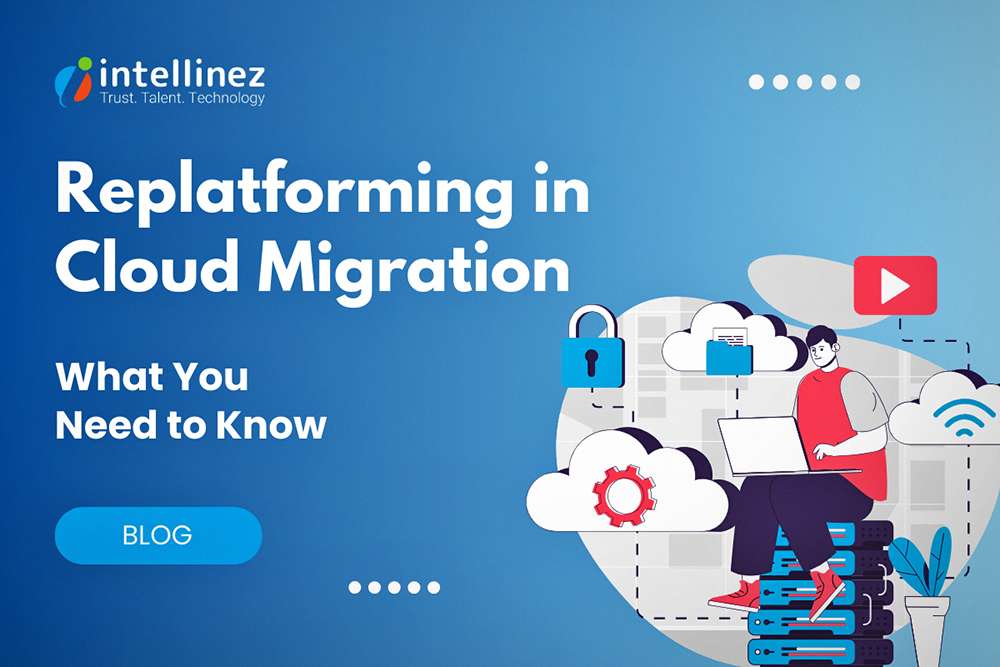





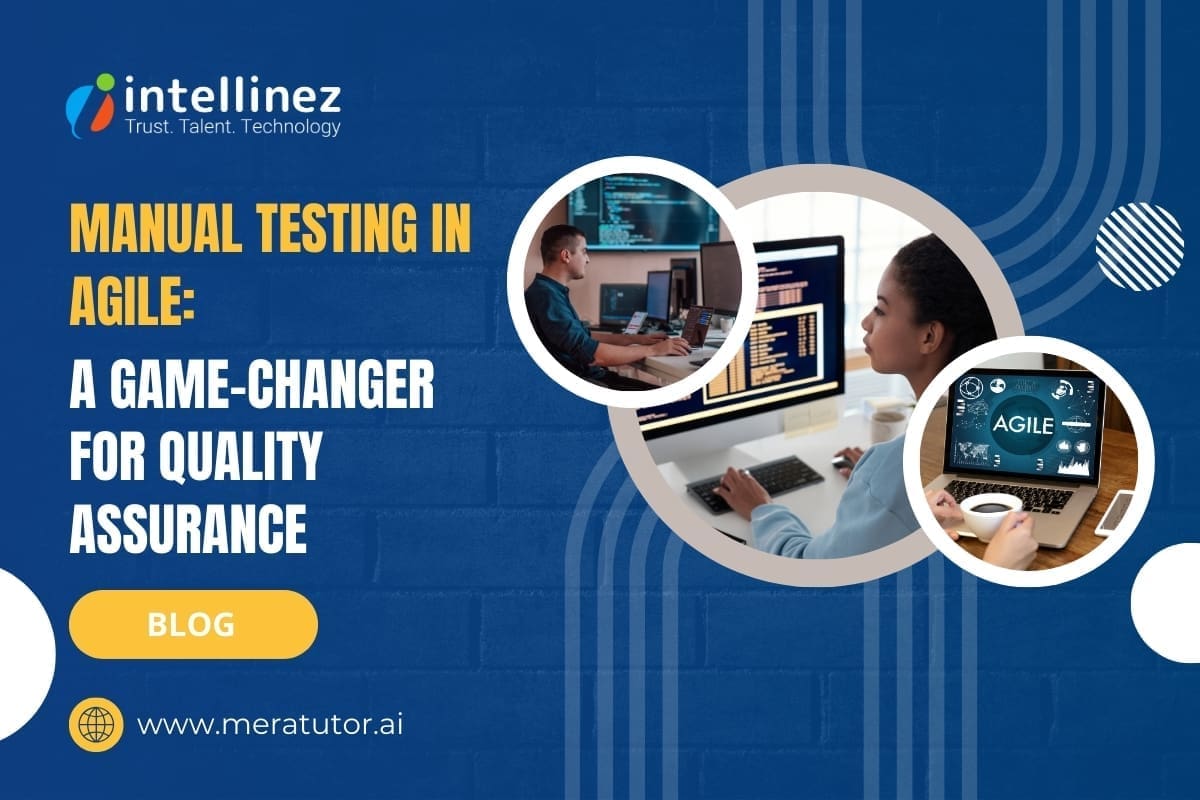




![A Comprehensive Guide to AWS SaaS Architecture [Diagram Included] 86 Aws SaaS Architecture](http://www.intellinez.com/wp-content/uploads/2024/08/Title-image.jpg)

